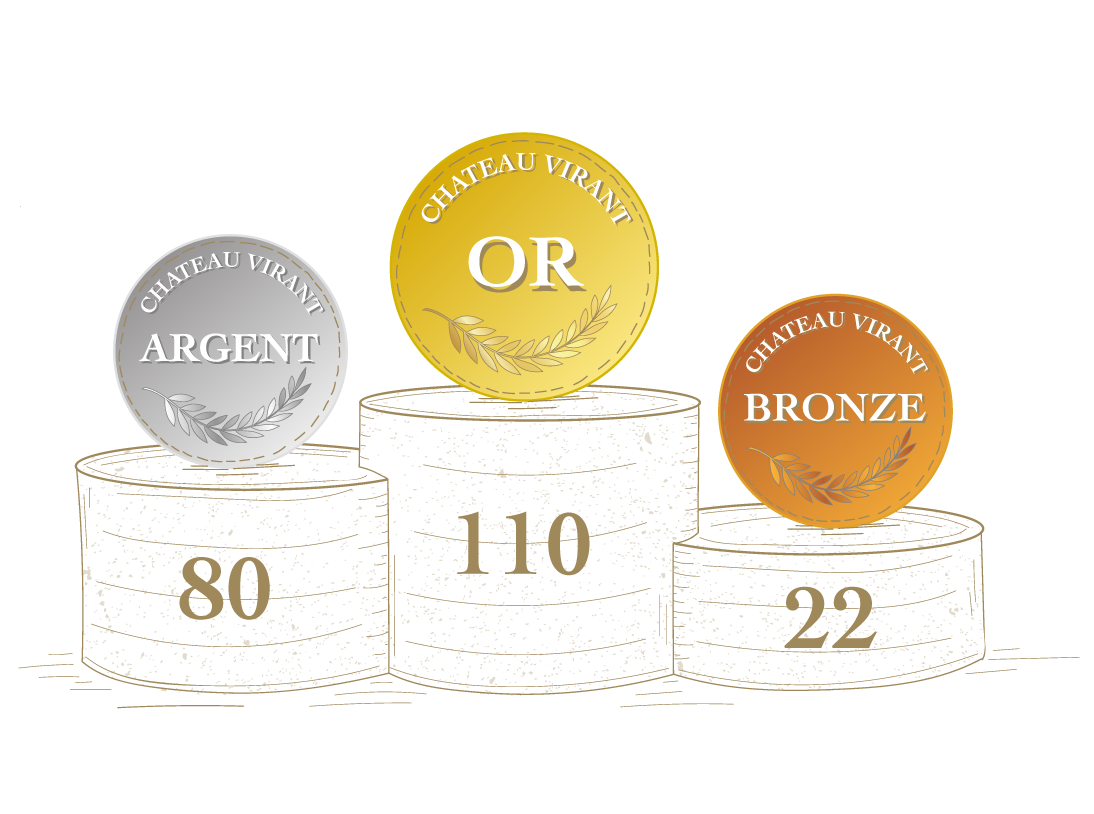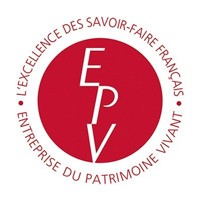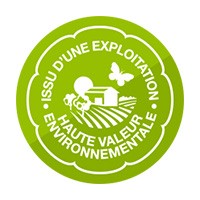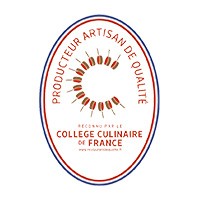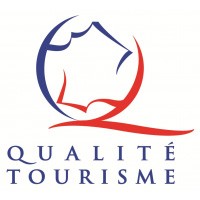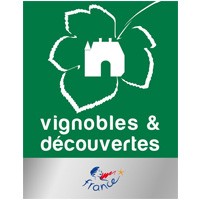Château Virant is located in the heart of the Aix-en-Provence region. This geographical area lies between Mt. Saint Victoire and the foothills of Luberon.
Château Virant occupies a special place within this region, nestled between vineyards and olive trees on the hillsides. The landscape is that of a postcard from Provence. Our land has been part of the civilization of the vine and the olive tree since 2000 BC.
In fact, archaeological excavations prove that the first vines in France were cultivated in our immediate area.
Characterized by a clay-limestone soil, the estate covers 153 hectares and benefits from one of the driest climates in France. The mistral and the sun reign supreme here with more than 200 windy days and 300 sunny days each year. It is these conditions that work together to create beautiful, healthy grapes that reach peak maturity each year.
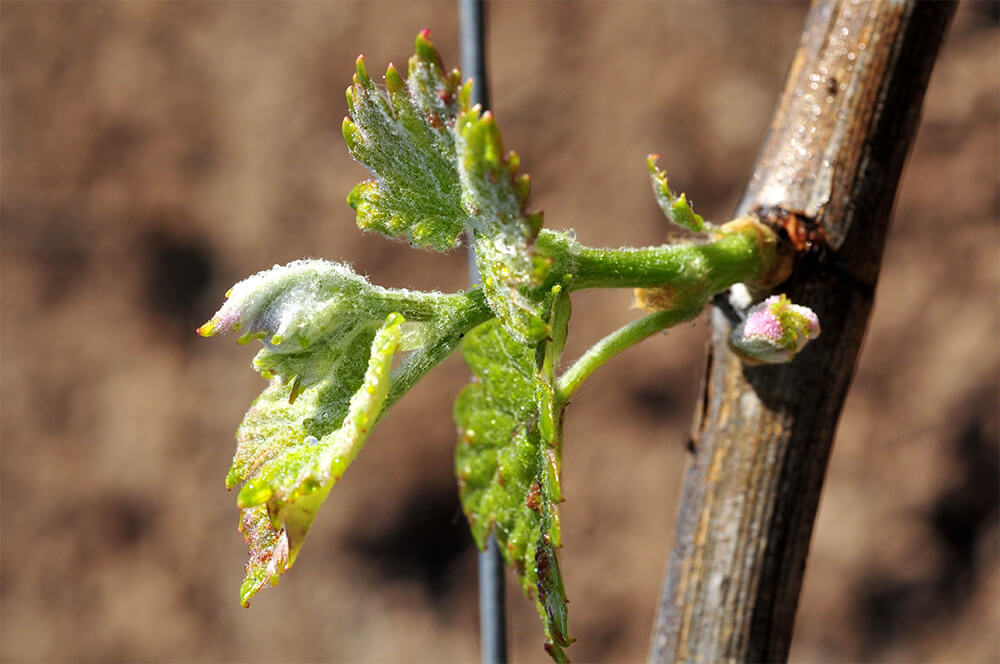
Château Virant benefits from the original and diversified grape varieties found in our region. The Cabernet Sauvignon, Grenache, Cinsalt, Merlot, and Caladoc varieties can be used interchangeably for both red and rosé wines. Vermentino (or Rolles), Chardonnay, Clairette, Ugni, and Bourboulenc varieties produce dry, aromatic white wines. Vineyards often bear a Provençal name. Beaumetane. Règne Iris. Le Cade. Les Thèses. La Crau. La Mine. Each of these vineyards has a story to tell. For example, Beaumetane owes its name to a combination of Provençal words-a valley (beaume) of olive trees (tane) in bloom. Likewise, “le cade” was named for the juniper trees (cade) that dot the surrounding landscape.
Our vitners work to find the perfect balance of soil, grape variety, and aromatic expression in order to yield high quality grapes and thus maintain the reputation of Château Virant. In addition, we are dedicated to using sustainable viticulture practices to farm and process our products. In all of our efforts, we combine respect for the environment and careful management of essential resources, like water. For example, all of our crops are drip irrigated to conserve water. The HVE label (High Environmental Value) recognizes our whole estate for the environmentally friendly methods we use to farm and process our fruits.
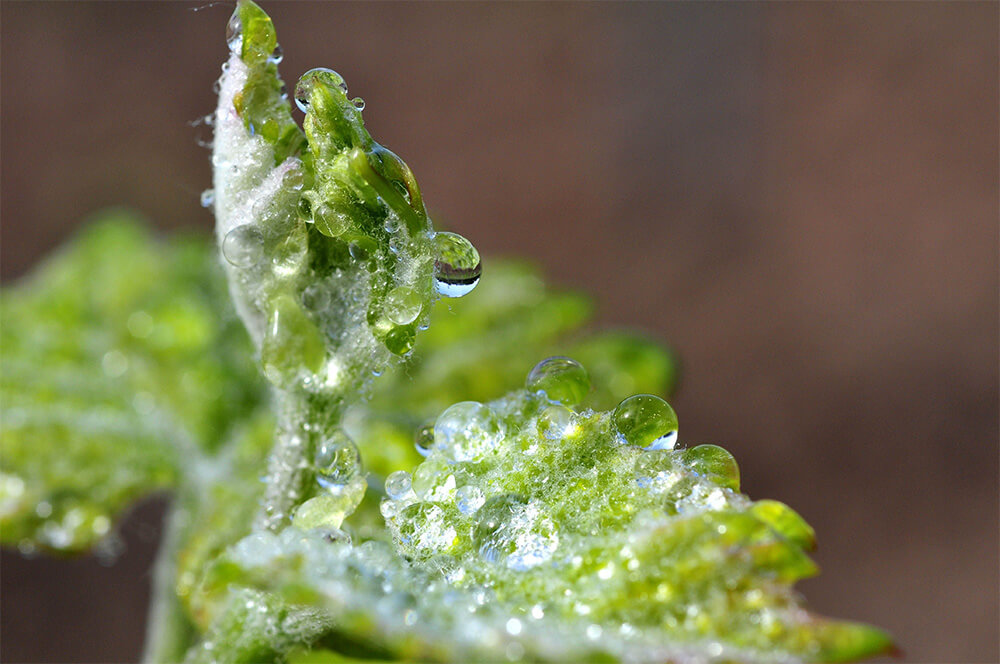
Work in the vineyard is long and tedious but absolutely necessary for the care of the vines and for the quality of our future wine.
From winter awakening to the harvest, the work on the farm is never ending. After the buds first appear on the vine, the human touch is needed to carry out the essential work of cleaning, tying, and lifting the vines to promote growth and maintain healthy fruit. Mechanization is also required to aerate the soil in order to expose it to maximum sunshine.
At the end of July, the grapes are appropriately colored. In August, it's time to watch the future harvest closely because from mid-August, the first grape to harvest, the Chardonnay, is usually ripe. The trigger for a variety’s harvest is a complex combination of three maturities :
- Aromatic maturity : when the grapes’ aromas are most expressive and typical.
- Technological maturity : when the grapes contain the appropriate sugar concentration to yield the appropriate degree of alcohol. Technological maturity is also evaluated by acidity, PH and sugar / acidity ratio.
- Phenolic maturity: when the amount of polyphenols (anthocyanins and tannins) present in the grapes is appropriate for quality and extractability. This is especially important for red wines.
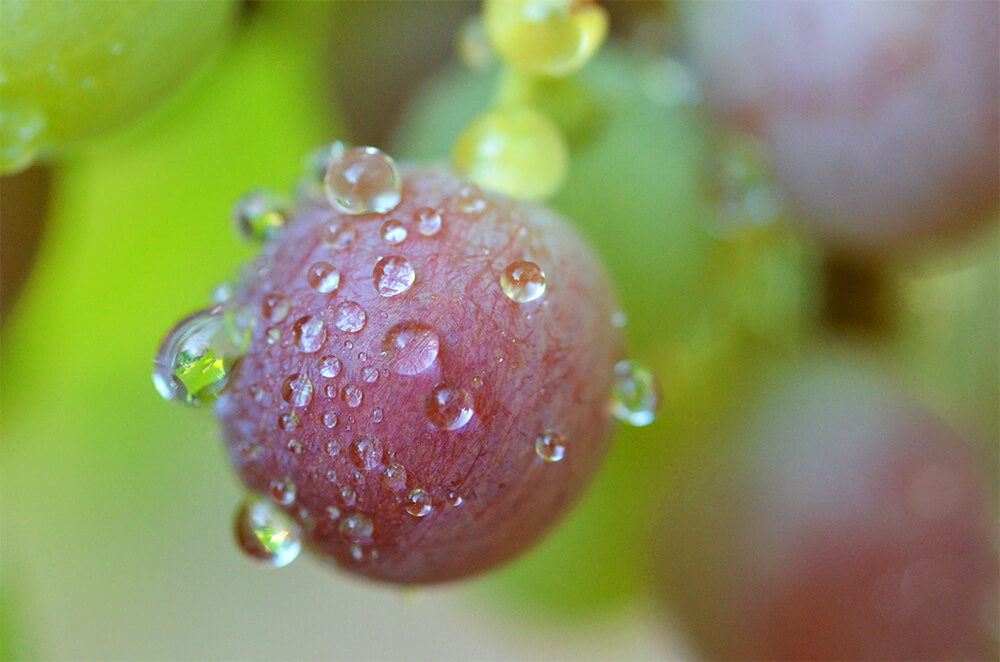
The goal is to obtain rich, complex, aromatic wines for PDOs and light wines for IGPs.
After the harvest comes the work in the cellar. The cellar master and his team will labor for two months to develop the vintage. The work in the cellar will be different depending on the grape varieties and the land origin of the grape. During this important time, concentration and doubt exist side by side. Experience and skill are constantly put to the test.
By November, it is time to blend the white and rosé varieties. The blending of the red grapes takes place in January. The assembly is a great moment. It is one that brings together the Cheylan family and their team. Everyone is on hand to finalize the blending of wines, and it is a real moment of communion when the work is complete. Everyone appreciates the finished work, but soon everyone is thinking about the improvements to be made for the next harvest. At Château Virant, we are always trying to improve. It is this quest for excellence that allows us to dream of tomorrow. But one thing is certain year after year: the quality of our wines.


